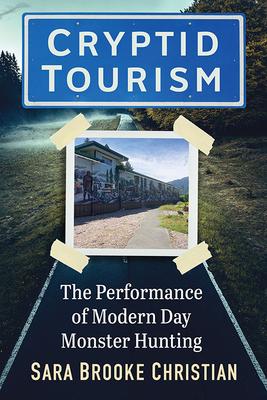Monster hunting is more than just going out into the woods or hanging out in graveyards. The history and performance of monster hunting, from Alexander the Great to scientific expeditions of the Victorian era, can lead us directly to modern-day Bigfoot searches. Combining methods of scientific exploration with aspects of tourism theory demonstrates how monster-hunting is performative and, through an analysis tool called The Cryptid Tourist Gaze, this book examines how and why we go looking for monsters and the ways in which small towns celebrate the monsters that once haunted them.
By looking at specific museums such as The North American Bigfoot Center and Expedition Bigfoot: The Sasquatch Museum as well as various festivals and conferences such as The Mothman Festival and the UFO Festival in Roswell, we can witness the ways modern monster-hunting practices are performed and see how much they have evolved from their predecessors. Through themes of liminality, community, and initiation, the performance of monster hunting through cryptid tourism allows both participants and observers to gain insight into why looking for monsters, proving their existence, and sharing experiences with other believers is so important.
